Chapter One is centrally located in Parnell Square in Dublin, a Georgian square named after the 19th century Irish nationalist politician Charles Parnell. It opened in 1992 and had one Michelin star from 2007 under chef/owner Ross Lewis, who had originally trained at the Beau Rivage Palace hotel on Lake Geneva, and prior to that in London, including a stint with Peter Langham at Odin’s. Since May 2021 Chapter One’s new head chef has been Mickael Viljanen, who earned two Michelin stars for The Greenhouse in Dublin, and has been recruited to take the restaurant to a new level, with Ross Lewis hanging up his kitchen apron. Mickael moved from Finland, where he grew up, to Ireland in his mid-twenties in the year 2000. He worked at The Tannery in Dunngarvan and was head chef for five years at Gregans Castle in County Clare before he moved to The Greenhouse.
The restaurant is just below street level, reached down a flight of stairs, though there is natural light streaming in through the dining room windows. Since the change of chef there has been a refurbishment, and there are now far fewer covers, with 50 or so diners that can be accommodated at any time, including a kitchen table. A full tasting menu was priced at €150, or four course dinner at €120, with a three course lunch also available at €65. A dozen chefs work in the kitchen at a typical service.
The wine list had 373 labels and started at €28, with the priciest wine at €1,400, a median price of €105 and an average markup to retail price of 2.9 times, which is not bad for a high end restaurant. The list had broad coverage, with 57% of bottles being from France, but with wines from as far afield as Slovenia, Switzerland and Argentina as well as more familiar wine-growing countries; there were even three Irish wines. Sample references were Axel Pauly edition Kolonne/Null Riesling 2020 at €35 for a bottle that you can find in the high street for €16,Shaw & Smith Adelaide Hills Sauvignon Blanc 2018 at €69 compared to its retail price of €31 and Remelluri Reserva 2013 at €83 for a wine that will set you back €37 in the high street. For those with the means there was the lovely Domaine des Comtes Lafon Charmes Meursault 2006 at €450 compared to its retail price of €395, and Amarone della Valpolicela Dal Forno Romano 1999 at €700 for a wine whose current market value is €485. There were a few bargains tucked away on the list, with eight wines actually below their current market price. For example, Domaine Raveneau “Montmain” Chablis 2012 was listed at €185 but retails now at €343. There were 28 wines available under €50.
My meal began with a trio of canapes. A very pretty little oyster tart used oysters from Flaggy Shore in County Clare, an area where Mr Viljanen worked for five years. The tart shell was made from Jerusalem artichoke and Irish seaweed, with marinated oyster meat in the base, oyster Chantilly and little nitro-frozen oyster juice pearls. The tart was delicate and the oyster meat had excellent flavour (17/20). This was followed by a spoon on which was served a sphere of borscht with smetana, a high fat Russian style sour cream, and a little dollop of oscietra caviar from Kaviari in Paris. The caviar is tinned exclusively for the restaurant to the specification of the chef, and is less salty than most. Chilled beetroot soup was made with red wine vinegar and dill, the soup frozen and then dipped in a light later of cocoa butter infused with vinegar, defrosted so that there was a liquid centre. This is a classic flavour combination, the sourness of the vinegar nicely working with the beetroot, the liquid centre bursting on the tongue as you bite through the outer shell, the caviar adding a luxurious contrast to the earthy beetroot (17/20). The final canape was displayed atop a little decorative rock, a sphere of 36-month aged Comte cheese and black truffle with a custard centre, all fried in beignet batter and topped with gel made from Arbois wine from the Jura region of eastern France. The warm cheese centre was gorgeous, its excellent flavour enhanced by the fragrance of truffle, a luxurious canape in the best possible sense (easily 18/20).
At this point brioche bread appeared, flavoured with Guinness and sobacha, a Japanese tea made from roasted buckwheat. The bread was made with laminated brioche dough made with stout flour, reduced Guinness, sobacha and salted brown butter. The exotic flavours were in fact very well controlled, and the bread had fabulous texture, with layer after buttery layer flaking apart as you bit into it. Any top Parisian baker would be proud of this brioche (19/20). As an aside, I am reliably informed that laminated dough is very labour intensive and requires specialist equipment, so few restaurant kitchens go to the effort of making it themselves; the results were impressive.
The first formal course of the meal was foie gras royale, a signature dish of the chef since 2012. There is a smooth parfait of foie gras interleaved with pieces of Lincolnshire eel, the clear parfait interspersed with grapes and caramelised walnuts as well as frozen foie gras that has been grated into the centre of the dish and provided an additional texture. This was topped with a quenelle of green apple ice cream. The strong flavours of the smoky eel and the rich liver were balanced by the acidity of the grapes and the apple, the candied walnuts giving a firm textural contrast to the silky-smooth parfait. I have eaten this dish a few times now and it has evolved over the years, the latest refinement being a higher quality foie gras. This version was made using the highest grade of liver from Maison Lafitte from the village of Montaut in the southwest Landes, a highly regarded supplier that dates back to 1920. This dish is a pure delight to eat, and I now struggle to see how it could realistically be improved upon (20/20).
This was followed by lobster from Clogher Head north of Dublin, prepared two ways. The first was barbecued lobster glazed with cacao pod concentrate and kari gosse, a Breton spice mix dating back to the 17th century when the French East India Company was based in Lorient. It is also cooked with redcurrants, carrot and jus from the head of the lobster. This was accompanied by warm lobster and caviar tart with Earl Grey tea butter, the tart using wakame seaweed shortcrust pastry and filled with lobster meat from the claw as well as preserved lemon, topped with caviar from Kaviari and garnished with gold leaf. The roasted lobster was precisely cooked, tender and with its subtle flavour nicely enhanced by the gentle spices and a touch of finger lime. The tart was delicate and the touch of acidity from the preserved lemon nicely combined with the richness of the caviar (17/20).
The main course was chicken from Bresse that had been laced with black truffles from Tasmania, roasted in its own fat along with butter, a farci on top of the breast made with the leg meat and truffle. This was served with sauce poulette made with a white stock of the Poulet Bresse carcass, finished with a dried Riesling wine infused with truffle. There was also kohlrabi poached in chicken fat and a touch of parsley. On the side were tubes of “Sacristain” potato. The name refers to puff pastry dough formed into little twirls, but here these tubes were made from sheets of potato and starch, cut and shaped around a metal tube, brushed with beurre noisette and cooked in a low heat oven until crisp. Bresse is of course famous for the flavour of its chicken, and the meat was lovely, the classic enhancement of black truffle providing a luxurious fragrant boost to the flavour of the poultry. The rich sauce was excellent and the sourness of the pickling juices of the kohlrabi provided balance to that richness. Perhaps the most impressive element amongst all this impressive celebration of luxury ingredients were the potato tubes, which were dazzlingly delicate and melted on the tongue (18/20 overall for the dish).
Dessert was Grand Marnier souffle along with a citrus sauce poured in at the table, a combination of sudachi, lemon, lime and orange. The souffle had nice texture but it really needed the sharpness of the citrus, as the overall effect was quite sweet. On the side was very good Tahitian vanilla ice cream (just about 16/20 for dessert). The meal concluded with some mignardise, my favourite of which was a clementine pate de fruits with good texture and plenty of sharp fruit bite. Coffee was Brazilian, from a local supplier called Roasted Brown, and was pleasant though unexceptional.
Service was excellent throughout, the staff friendly and knowledgeable. My trip was being sponsored by a TV production company so my bill was picked up by them, but if you came here, went for the four-course dinner and shared a modest bottle of wine then a typical cost per head might be around €170 (£146). This was an impressive meal, with the chef continuing his steady development, refining some established dishes and adding new ones to his repertoire. This is without doubt already one of the top kitchens in Ireland, with impressive technical skill and some lovely ingredients on display.

























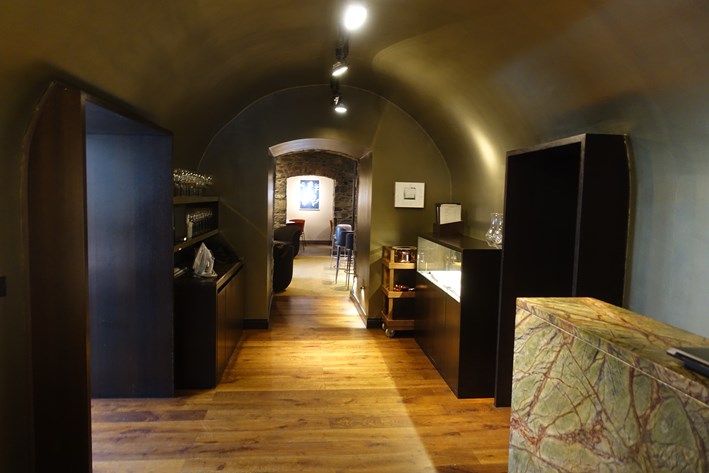
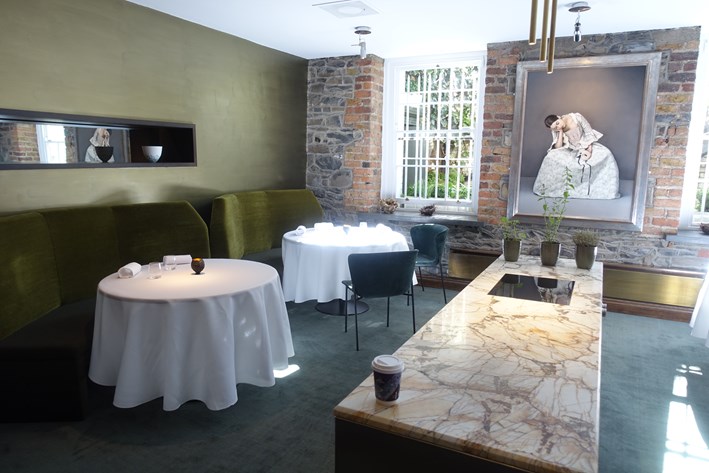
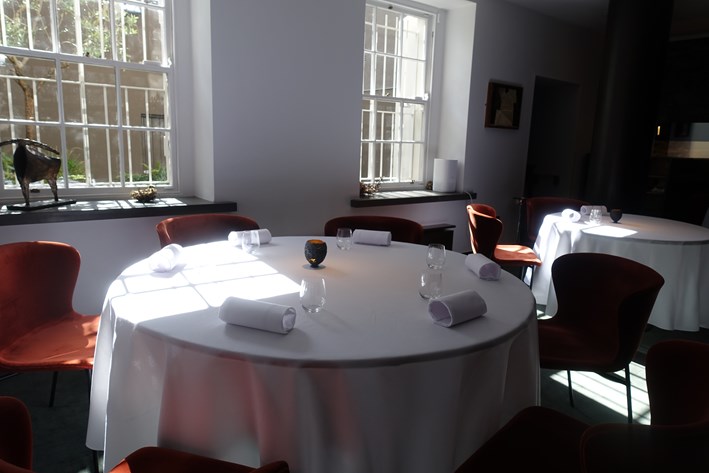

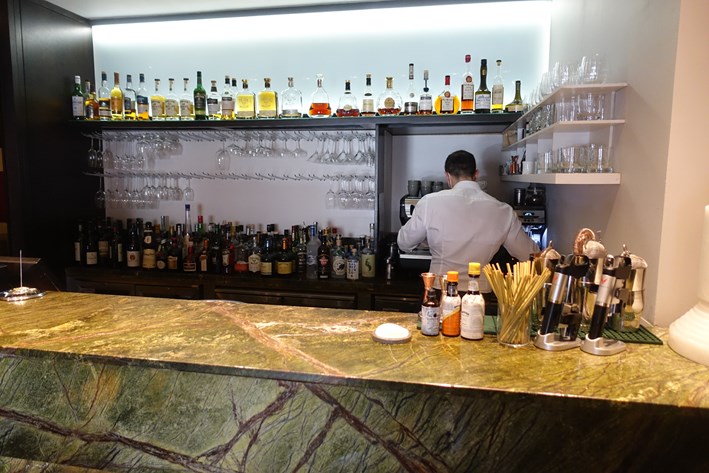
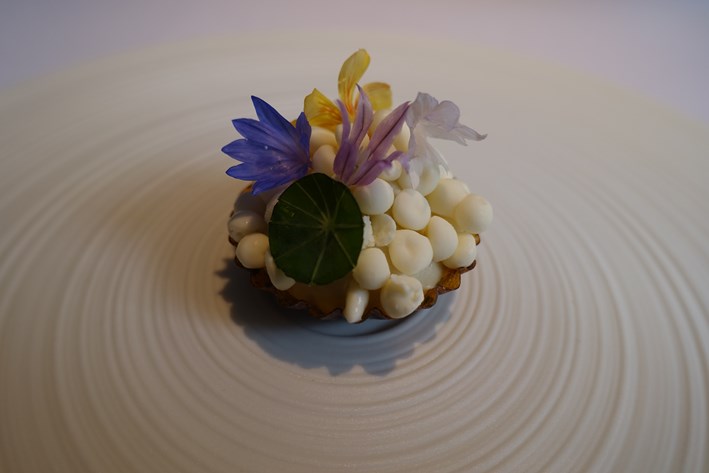

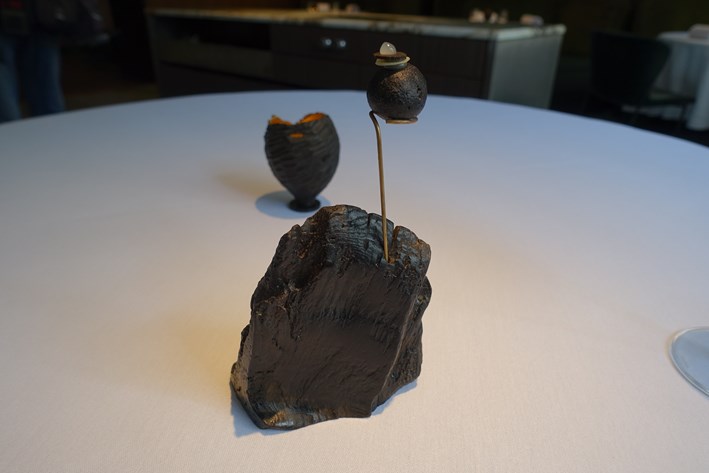
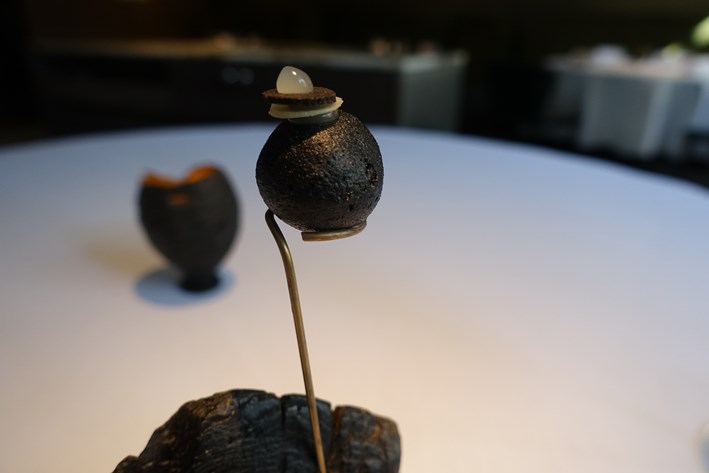
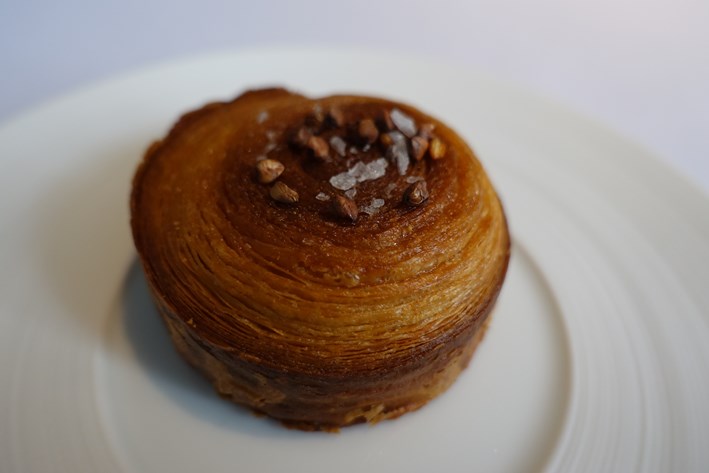
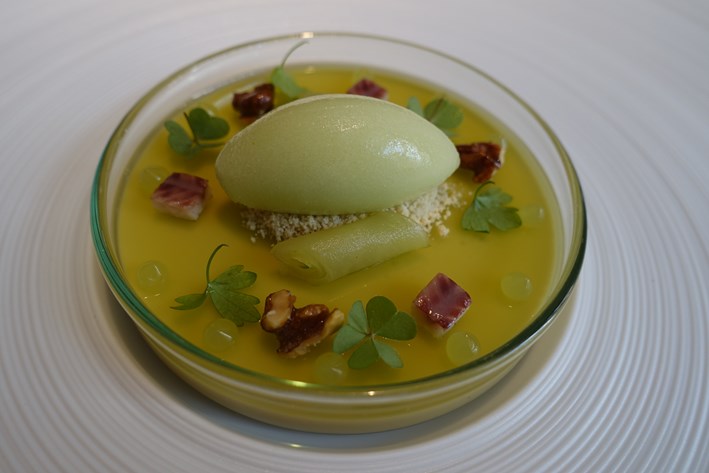

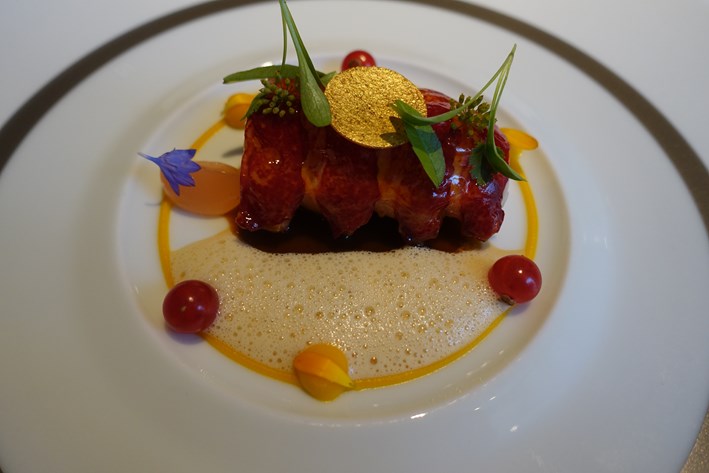


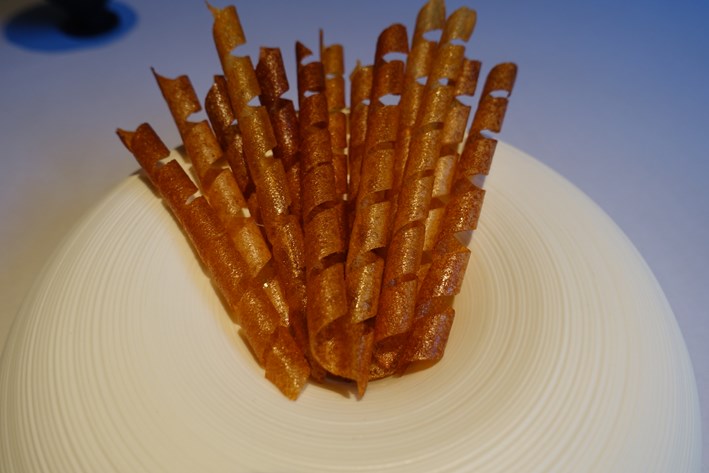
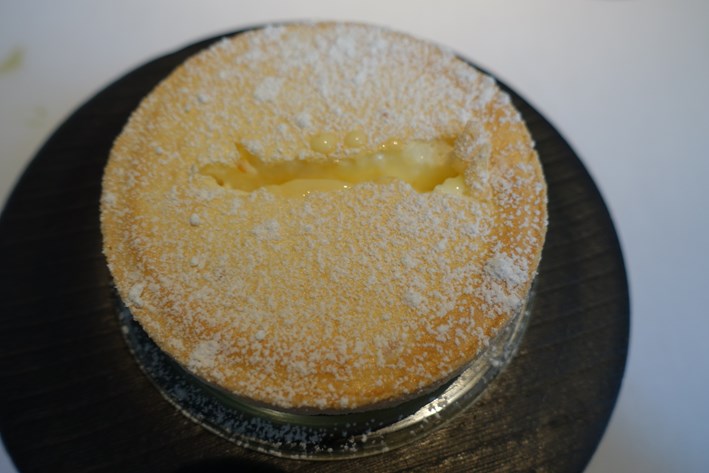
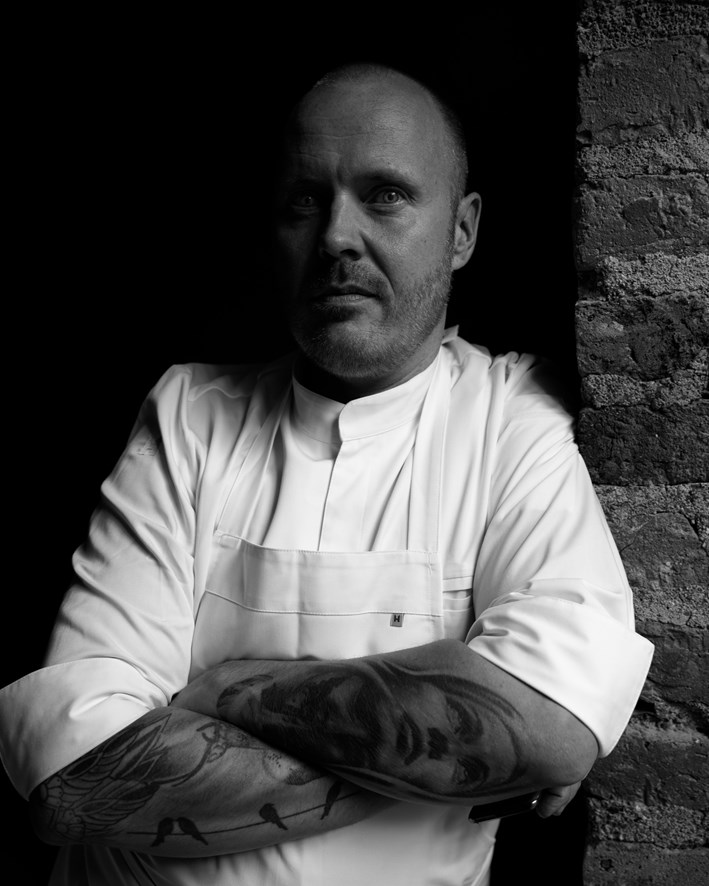

John Lang
Beautiful description of what appears to have been a beautiful meal
Ross Bennett
Next stop Cliff house at Lyons Andy. Two stars.
John Reynolds
Excellent review .